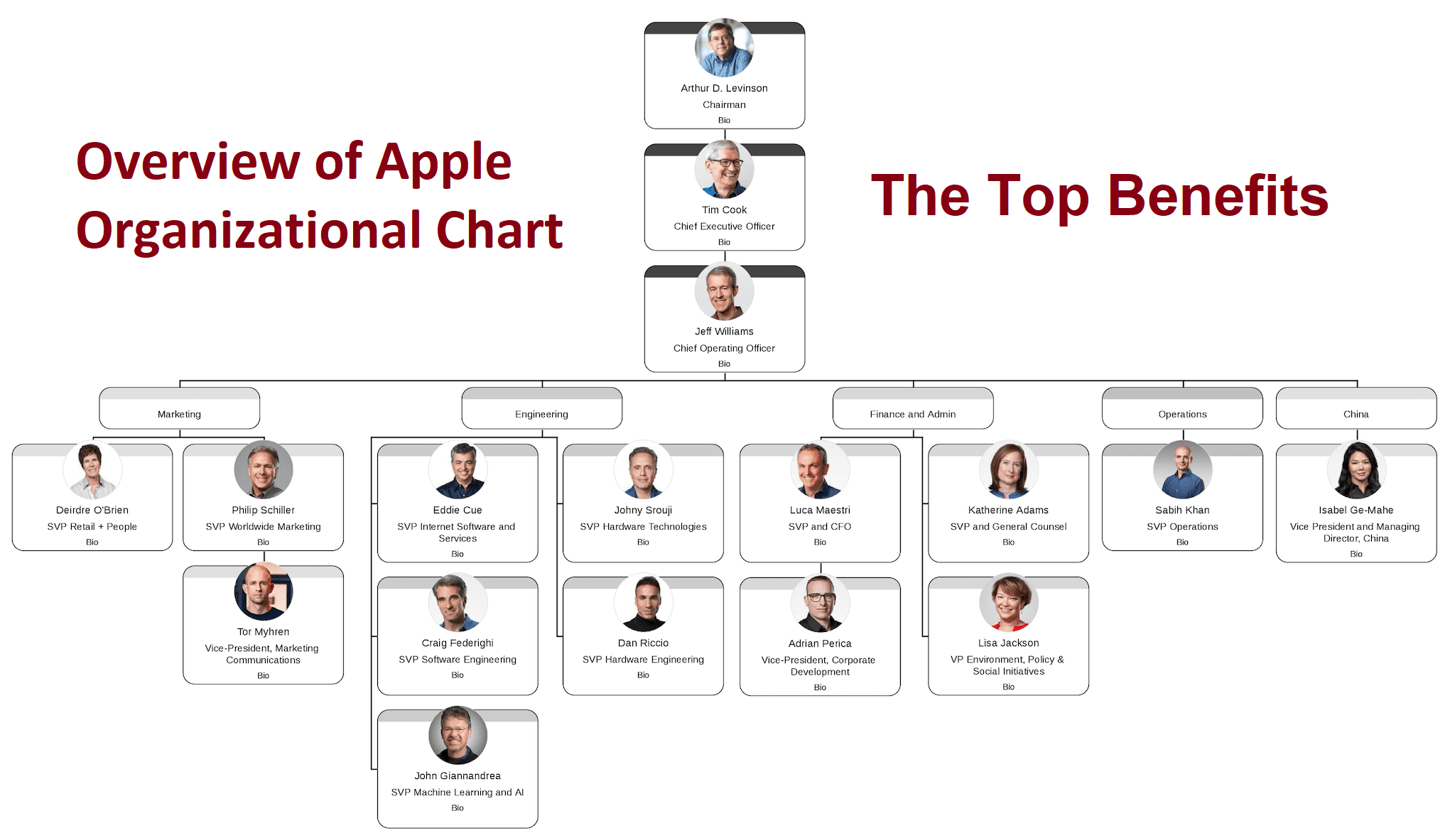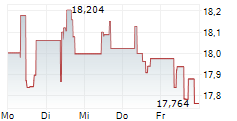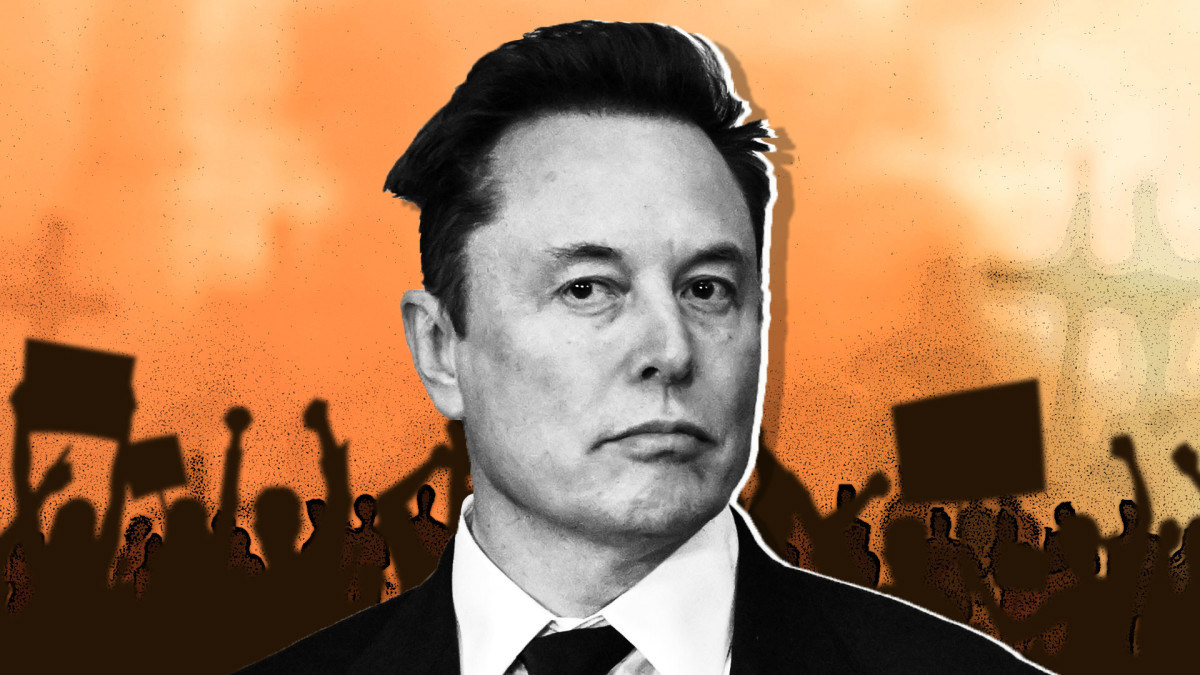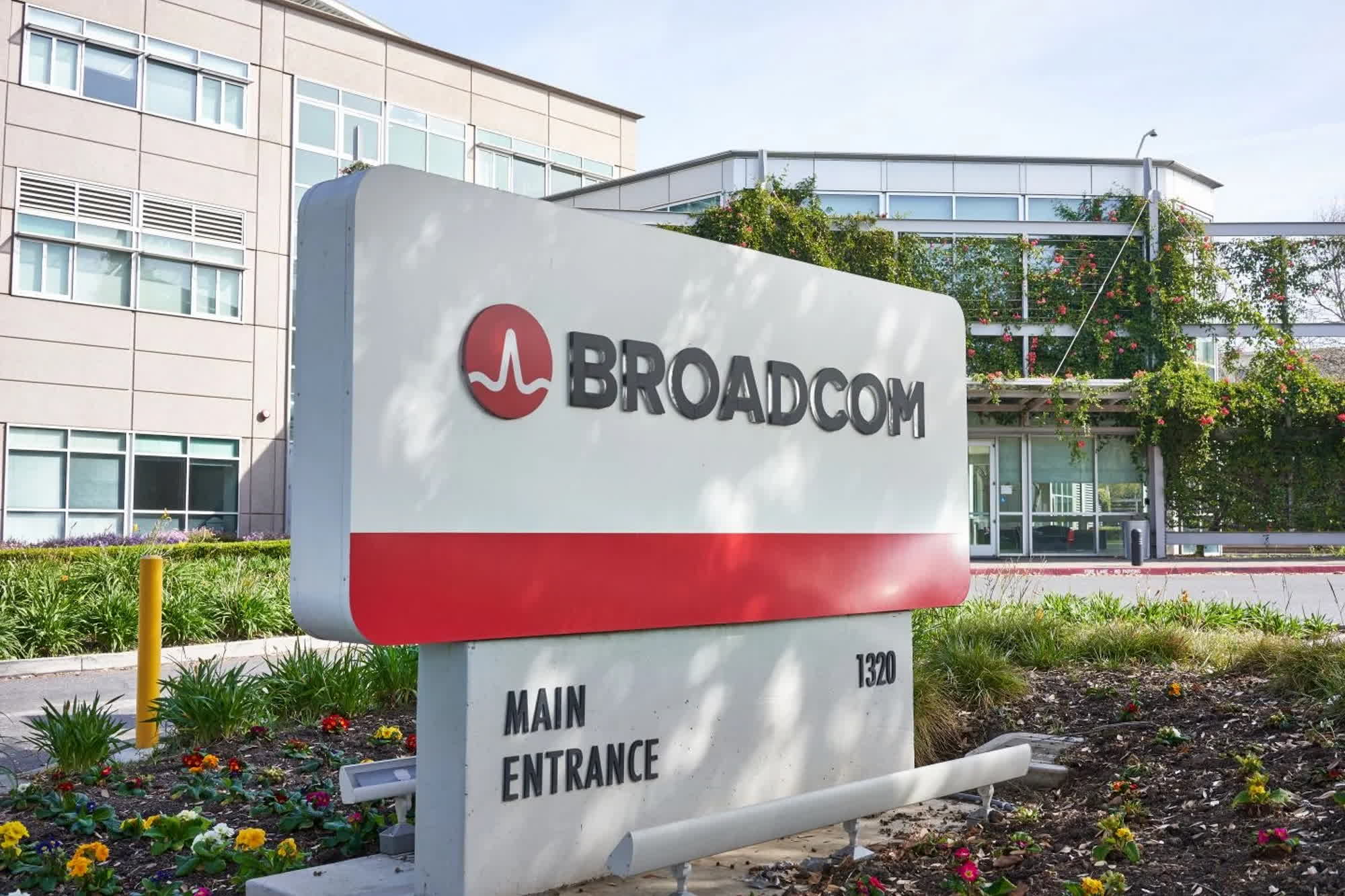Tim Cook's Challenging 2023: Apple's Struggles

Table of Contents
Slowing iPhone Sales and the Impact on Apple's Revenue
The cornerstone of Apple's success, iPhone sales, experienced a noticeable slowdown in 2023, significantly impacting the company's overall revenue. This decline wasn't uniform across all markets, highlighting the complexities of the situation.
Weakening Demand in Key Markets
- Declining Sales Figures: Reports indicated a double-digit percentage drop in iPhone sales in key markets like China and Europe during certain quarters of 2023. This contrasts sharply with the robust growth seen in previous years.
- Impact of Inflation: Soaring inflation rates globally led to decreased consumer spending on discretionary items, including premium smartphones like iPhones. Consumers prioritized essential expenses, impacting demand.
- Market Saturation: The smartphone market, particularly in developed economies, is approaching saturation. Many consumers already own smartphones, leading to a decrease in upgrade cycles.
The Challenge of Innovation
While Apple continues to release new iPhone models, the question remains whether the innovations offered were compelling enough to stimulate significant sales growth.
- Incremental Upgrades: Some critics argued that the new features introduced in the latest iPhone models were incremental rather than groundbreaking, failing to excite consumers enough to justify an upgrade.
- Competitive Innovations: Competitors like Samsung and Google introduced innovative features like foldable screens and advanced camera technologies, attracting consumers seeking cutting-edge technology.
- Marketing Strategies: Apple's marketing campaigns, while effective, may not have adequately addressed the concerns of consumers hesitant to spend on a new device during a period of economic uncertainty.
The Macroeconomic Climate and its Effects on Apple
The global macroeconomic environment played a significant role in Apple's 2023 performance. Challenges extended beyond slowing consumer demand.
Global Inflation and Consumer Spending
- Reduced Disposable Income: High inflation rates in many countries reduced consumer disposable income, leading to a decrease in spending on non-essential goods like electronics.
- Economic Uncertainty: Global economic uncertainty fueled a sense of caution among consumers, making them less likely to make large purchases like new smartphones.
- Consumer Confidence: Low consumer confidence indices reflected the overall pessimistic outlook, further impacting spending decisions.
Supply Chain Disruptions
While supply chain issues eased somewhat from the height of the pandemic, lingering disruptions continued to impact Apple's production and product availability in 2023.
- Component Shortages: Certain key components for iPhone production remained in short supply, leading to production bottlenecks and delays.
- Geopolitical Factors: Geopolitical instability in various regions impacted the global supply chain, further complicating Apple's efforts to maintain consistent production.
- Mitigation Strategies: Apple invested heavily in diversifying its supply chain and implemented strategies to mitigate the impact of future disruptions.
Intensifying Competition and the Rise of Android
Apple's dominance in the smartphone market faced growing pressure from Android competitors in 2023.
Android's Growing Market Share
- Increased Market Share: Android operating system continued its growth in market share, encroaching on Apple's dominance, particularly in emerging markets.
- Strong Android Competitors: Samsung, Google, and other Android manufacturers offered compelling alternatives with competitive pricing and features.
- Pricing Strategies: Android competitors employed aggressive pricing strategies, offering comparable features at lower price points, attracting price-sensitive consumers.
Innovative Features from Competitors
Android competitors continued to introduce innovative features that appealed to consumers.
- Foldable Phones: Samsung's success with foldable phones demonstrated a significant leap in smartphone technology, capturing consumer attention.
- Camera Technology: Competitors made significant advancements in camera technology, offering improved image quality and features that rivaled Apple's offerings.
- Consumer Preferences: Consumer preferences are increasingly shifting towards specific features, some offered more readily by Android competitors.
Apple's Response to the Challenges
Facing these headwinds, Tim Cook and Apple implemented several strategies to mitigate the impact and position the company for future growth.
Strategic Price Adjustments
- Targeted Price Reductions: Apple implemented targeted price reductions in certain markets to stimulate demand and improve sales figures.
- Trade-in Programs: Enhanced trade-in programs were offered to encourage upgrades and maintain sales momentum.
- Impact Analysis: The effectiveness of these adjustments remains a subject of ongoing analysis, but early data suggests some positive effects.
Investment in New Technologies
- AR/VR Development: Significant investments in augmented reality and virtual reality technologies signal Apple's commitment to future growth and innovation.
- Electric Vehicle Project: Apple's ambitious project for developing an electric vehicle points to a long-term strategy to diversify beyond its current product portfolio.
- Increased R&D Spending: Apple's continued substantial investment in research and development demonstrates its commitment to innovation as a key driver of future growth.
Expansion into New Markets and Services
- Services Revenue Growth: Apple's services division, including Apple Music, Apple TV+, and iCloud, demonstrated consistent revenue growth, diversifying revenue streams beyond hardware sales.
- Expansion into Emerging Markets: Apple continues exploring strategies to expand its market presence in emerging economies.
- Subscription Model Focus: Apple is increasingly focusing on recurring revenue through subscription-based services to create a more predictable and resilient revenue model.
Analyzing Tim Cook's Leadership in a Challenging Year for Apple
2023 presented significant challenges for Apple, testing Tim Cook's leadership skills. Slowing iPhone sales, macroeconomic headwinds, and intensifying competition required strategic adjustments and innovative solutions. Apple responded with price adjustments, investment in future technologies, and expansion into new markets and services. While the full impact of these strategies will unfold over time, they highlight Apple's resilience and Tim Cook's strategic approach to navigating challenging times.
Key Takeaways: The success of Apple's strategies in overcoming these challenges will determine their long-term impact. Sustained growth will require a continued focus on innovation, adapting to macroeconomic conditions, and competing effectively in a dynamic marketplace.
Call to Action: What are your thoughts on Tim Cook's handling of Apple's struggles in 2023? Discuss Tim Cook's strategies for navigating Apple's 2023 challenges in the comments below. Share your insights on how Apple can further address the challenges of Tim Cook's challenging 2023 and beyond.

Featured Posts
-
 Amundi Dow Jones Industrial Average Ucits Etf What Is Net Asset Value Nav
May 25, 2025
Amundi Dow Jones Industrial Average Ucits Etf What Is Net Asset Value Nav
May 25, 2025 -
 Elon Musks Return To Angry Persona Impact On Tesla
May 25, 2025
Elon Musks Return To Angry Persona Impact On Tesla
May 25, 2025 -
 Bardellas Path To The French Presidency A Contender Emerges
May 25, 2025
Bardellas Path To The French Presidency A Contender Emerges
May 25, 2025 -
 Mia Farrow On Trumps Venezuelan Deportation Policy A Call For Accountability
May 25, 2025
Mia Farrow On Trumps Venezuelan Deportation Policy A Call For Accountability
May 25, 2025 -
 Extreme V Mware Price Increase At And T Details 1 050 Cost Surge From Broadcom
May 25, 2025
Extreme V Mware Price Increase At And T Details 1 050 Cost Surge From Broadcom
May 25, 2025
Latest Posts
-
 Anatropi Stin F1 I Mercedes Den Endiaferetai Pleon Gia Ton Verstappen
May 25, 2025
Anatropi Stin F1 I Mercedes Den Endiaferetai Pleon Gia Ton Verstappen
May 25, 2025 -
 F1 I Mercedes Allazei Stoxoys O Verstappen Ektos Sxedion
May 25, 2025
F1 I Mercedes Allazei Stoxoys O Verstappen Ektos Sxedion
May 25, 2025 -
 Mercedes I Allagi Stratigikis Gia Tin Epomeni Sezon Tis F1
May 25, 2025
Mercedes I Allagi Stratigikis Gia Tin Epomeni Sezon Tis F1
May 25, 2025 -
 O Verstappen Den Einai Pleon Proteraiotita Gia Ti Mercedes
May 25, 2025
O Verstappen Den Einai Pleon Proteraiotita Gia Ti Mercedes
May 25, 2025 -
 Rising Tennis Culture In China Impact Of Top International Players
May 25, 2025
Rising Tennis Culture In China Impact Of Top International Players
May 25, 2025
